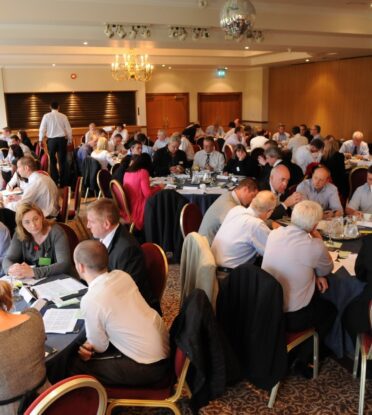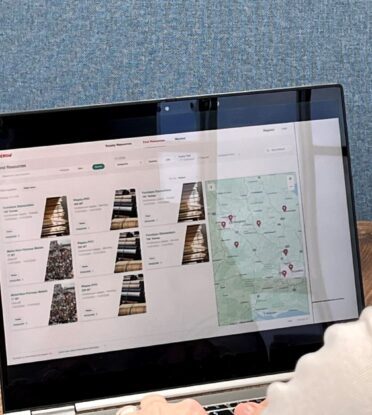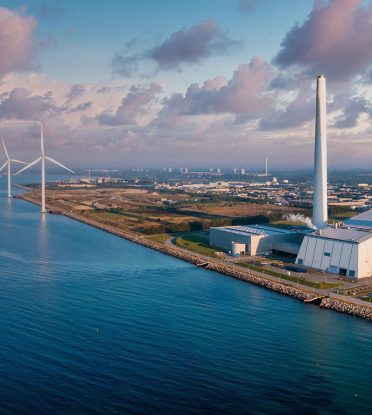
What We Do
International Synergies works with private sector clients across diverse sectors – from food manufacturing to infrastructure – on carbon reduction, feedstock analysis, and supply chain engagement. We also partner with governments and regional agencies to develop circular economy roadmaps.
Transforming Linear to Circular
We deliver impressive cost and carbon reduction for clients in the private and public sectors. Our ground-breaking initiatives have facilitated a remarkable 42 million tonnes of CO2e savings in England alone.

Industrial Symbiosis Facilitation
International Synergies has developed and implemented the world’s leading facilitated industrial symbiosis model (NISP®), based on demand-led engagement with business and other organisations. View Offering
Resource Matching Platform
International Synergies award-winning SYNERGie® is a resource matching platform delivering business benefits for organisations around the world. View Offering
Net Zero Strategies for Industry
International Synergies supports its clients to take a cross-sector approach to reduce Scope 3 emissions. We have helped industries towards net zero in many sectors including construction, food and drink, utilities and manufacturing. View Offering
Place-based Decarbonisation Strategies
Integrating an industrial symbiosis approach into economic development and master planning enables rapid realisation of circular economy opportunities and identification of inward investment targets. View Offering
Capacity Building for Industrial Symbiosis
International Synergies has been delivering industrial symbiosis training for two decades, tailored to audiences including industrial symbiosis facilitators, companies, public authorities and government. View Offering
Collaborative Activities & Research
International Synergies works to inspire governments and industry to apply industrial symbiosis methodology through participation in European and other international projects, key note speeches, interviews and publications. View OfferingFeatured Projects
Each project contributes to the development of a low carbon, circular economy in the region or country that it implemented.
West Midlands Resource Reuse Network (WMRRN)
Our FREE West Midlands Resource Reuse Network aims to deliver cost and carbon savings for companies managing wastewater, sand and sludge waste streams. Learn MoreCircular Economy for Birmingham Advancing Sustainability (CEBAS)
Our FREE Resource Efficiency Project aims to deliver cost and carbon savings to small and medium-sized enterprises (SMEs) in Birmingham by improving their resource efficiency. Learn MoreResource Matching Service for Northern Ireland (RMS)
Our Free Resource Matching Service is designed to help businesses unlock this potential by identifying innovative ways to reuse and repurpose underutilised resources. Learn More
How Can We Help?
We are here to support industry, governments and third sector to take action and to be part of the global transition from linear to circular.